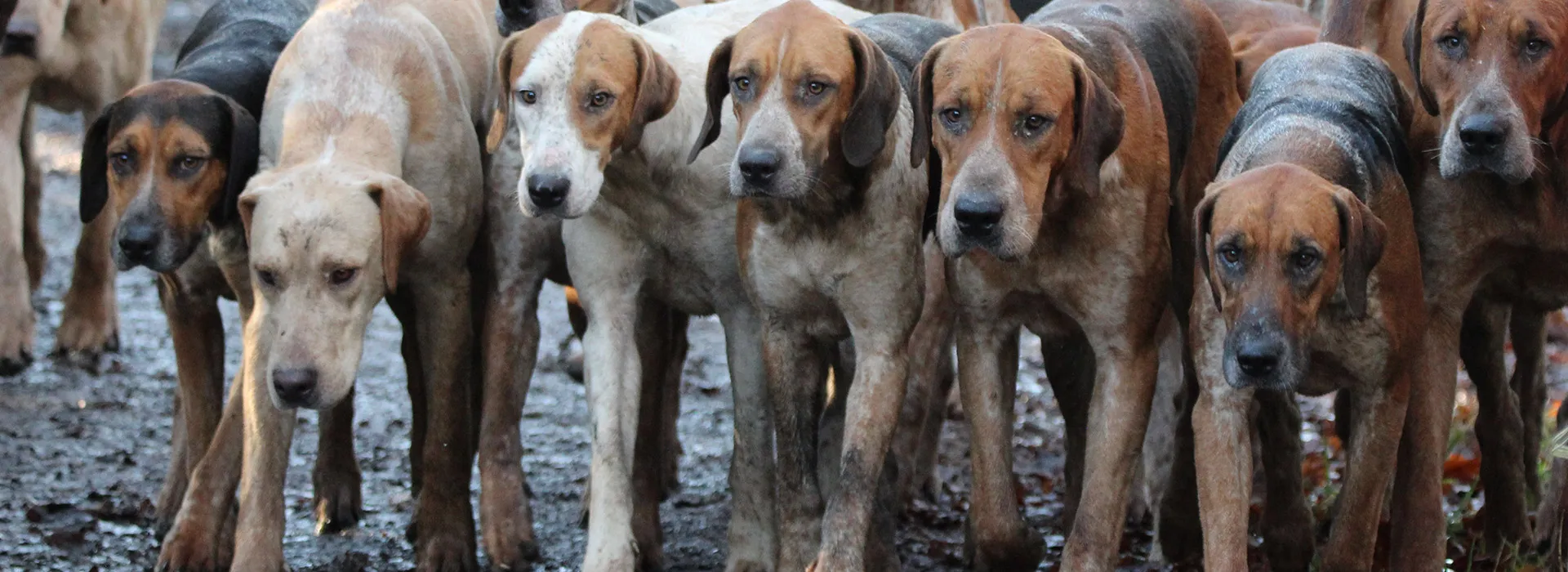Conservationists have condemned plans that would allow buzzard nests to be destroyed and the birds of prey taken into captivity to protect pheasant shoots.
The Environment Department (Defra) is to spend up to £375,000 researching ways to keep buzzards from targeting captive-reared pheasants.
Proposed methods include destroying nests to prevent birds breeding, catching and relocating buzzards to places such as falconry centres or providing alternative food sources for the predators.
The RSPB said the idea of taking wild buzzards into captivity or destroying their nests was “totally unacceptable”, and criticised Defra for spending hundreds of thousands of pounds on the project when money was tight for conservation measures.
In a document setting out plans for the research project, Defra said the 2011 National Gamekeepers Organisation survey found that three quarters of gamekeepers (76%) believed buzzards had a harmful effect on pheasant shoots.
Buzzards are thought to target pheasant release pens if they find there is a readily available source of food and the Government’s conservation agency Natural England has received a number of requests to license the killing of the bird of prey, which is a protected species.
Buzzards usually scavenge on animals which are already dead, but will sometimes take young pheasants released for sports shooting, the RSPB said.
Around 40 million pheasants, which are not native to the UK, are released for shooting each year and buzzards play only a small role in game bird losses compared to other factors such as collisions with cars, the wildlife charity said.
A Defra spokeswoman said: “The buzzard population in this country has been protected for over 30 years, and as the RSPB says, has resulted in a fantastic conservation story.
“At the same time we have cases of buzzards preying on young pheasants. We are looking at funding research to find ways of protecting these young birds while making sure the buzzard population continues to thrive. This research is about maintaining the balance between captive and wild birds.”



